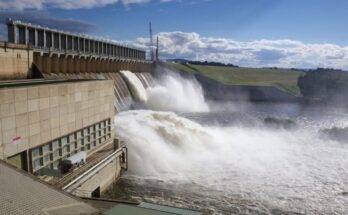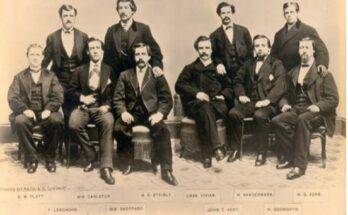World War-II
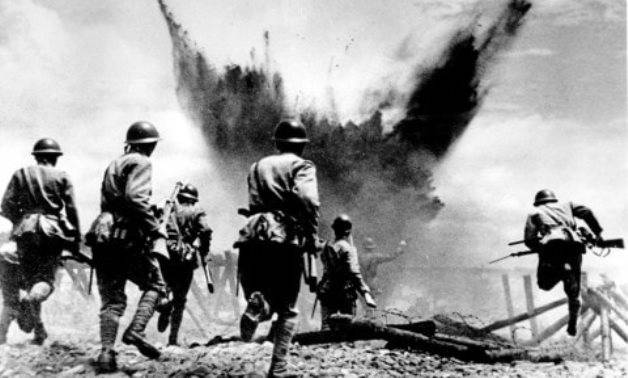
World war II, also called Second World War, conflict that involved virtually every part of the world during the year (1939–45).
The principal belligerents were the Axis powers: Germany, Italy, and Japan—and the Allies—France, Great Britain, the United States, the Soviet Union, and, to a lesser extent, China. The war was in many respects a continuation, after an uneasy 20-year hiatus, of the disputes, left unsettled by World War I. The 40,000,000–50,000,000 deaths incurred in World War II make it the bloodiest conflict, as the largest war in history.
Along with World War I, World War II was one of the great watersheds of 20th-century geopolitical history. It resulted in the extension of the Soviet Union’s power to nations of eastern Europe, enabled a communist movement to eventually achieve power in China, and marked the decisive shift of power in the world away from the states of western Europe and toward the United States and the soviet Union.
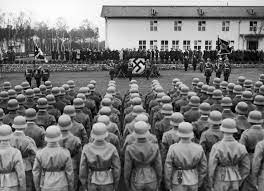
Forces and resources of the European combatants, 1939
In September 1939 the Allies, namely Great Britain, France, and Poland, were together superior in industrial resources, population, and military manpower, but the German Army, or Wehrmacht, because of its armament, training, doctrine, discipline, and fighting spirit, was the most efficient and effective fighting force for its size in the world.
The index of military strength in September 1939 was the number of divisions that each nation could mobilize. Against Germany’s 100 infantry divisions and six armored divisions, France had 90 infantry divisions in metropolitan France, Great Britain had 10 infantry divisions, and Poland had 30 infantry divisions, 12 cavalry brigades, and one armored brigade (Poland had also 30 reserve infantry divisions, but these could not be mobilized quickly). A division contained from 12,000 to 25,000 men.
It was the qualitative superiority of the German infantry divisions and the number of their armored divisions that made the difference in 1939. The firepower of a German infantry division far exceeded that of a French, British, or Polish division.
The standard German division included 442 machine guns, 135 mortars, 72 antitank guns, and 24 howitzers. Allied divisions had firepower only slightly greatar than that of World War I. Germany had six armored divisions in September 1939; the Allies, though they had a large numbers of tanks, had no armored divisions at that time.
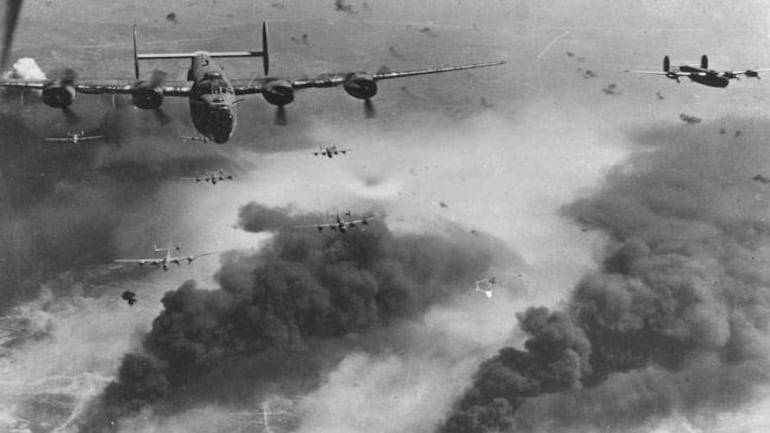
The six armoured, or panzer, divisions of the Wehrmacht comprised some 2,400 tanks. Although Germany would subsequently expand its tank forces during the first years of the war, it was not the number of tanks that Germany had (the Allies had almost as many in September 1939) but the fact of their being organized into divisions and operated as such that was to prove decisive. In accordance with the doctrines of General Heinz Guderian, the German tanks were used in massed formations in conjunction with motorized artillery to punch holes in the enemy line and to isolate segments of the enemy, which were then surrounded and captured by motorized German infantry divisions while the tanks ranged forward to repeat the process: deep drives into enemy territory by panzer divisions were thus followed by mechanized infantry and foot soldiers. These tactics were supported by dive bombers that attacked and disrupted the enemy’s supply and communications lines and spread panic and confusion in its rear, thus further paralyzing its defensive capabilities. Mechanization was the key to the German blitzkrieg, or “lightning war,” so named because of the unprecedented speed and mobility that were its salient characteristics. Tested and well-trained in maneuvers, the German panzer divisions constituted a force with no equal in Europe.
The German Air Force, or Luftwaffe, was also the best force of its kind in 1939. It was a ground-cooperation force designed to support the Army, but its planes were superior to nearly all Allied types. In the rearmament period from 1935 to 1939 the production of German combat aircraft steadily mounted.
The standardization of engines and airframes gave the Luftwaffe an advantage over its opponents. Germany had an operational force of 1,000 fighters and 1,050 bombers in September 1939.
The Allies actually had more planes in 1939 than Germany did, but their strength was made up of many different types, some of them obsolescent. The corresponding table shows the number of first-line military aircraft available to the Allies at the outbreak of war.
Great Britain, which was held back by delays in the rearmament program, was producing one modern fighter in 1939, the Hurricane. A higher-performance fighter, the Spitfire, was just coming into production and did not enter the air war in numbers until 1940.
The value of the French Air Force in 1939 was reduced by the number of obsolescent planes in its order of battle: 131 of the 634 fighters and nearly all of the 463 bombers. France was desperately trying to buy high-performance aircraft in the United States in 1939.
At sea the odds against Germany were much greater in September 1939 than in August 1914, since the Allies in 1939 had many more large surface warships than Germany had. At sea, however, there was to be no clash between the Allied and the German massed fleets but only the individual operation of German pocket battleships and commerce raiders.
Technology of war (1918–39)
When World War I ended, the experience of it seemed to vindicate the power of the defensive over the offensive. It was widely believed that a superiority in numbers of at least three to one was required for a successful offensive. Defensive concepts underlay the construction of the Maginot Line between France and Germany and of its lesser counterpart, the Siegfried Line, in the interwar years. Yet by 1918 both of the requirements for the supremacy of the offensive were at hand: tanks and planes. The battles of Cambrai (1917) and Amiens (1918) had proved that when tanks were used in masses, with surprise, and on firm and open terrain, it was possible to break through any trench system.

The Baltic states and the Russo-Finnish War, 1939–40
Profiting quickly from its understanding with Germany, the U.S.S.R. on October 10, 1939, constrained Estonia, Latvia, and Lithuania to admit Soviet garrisons onto their territories. Approached with similar demands, Finland refused to comply, even though the U.S.S.R. offered territorial compensation elsewhere for the cessions that it was requiring for its own strategic reasons. Finland’s armed forces amounted to about 200,000 troops in 10 divisions. The Soviets eventually brought about 70 divisions (about 1,000,000 men) to bear in their attack on Finland, along with about 1,000 tanks. Soviet troops attacked Finland on November 30, 1939.
The invaders succeeded in isolating the little Arctic port of Petsamo in the far north but were ignominiously repulsed on all of the fronts chosen for their advance. On the Karelian Isthmus, the massive reinforced-concrete fortifications of Finland’s Mannerheim Line blocked the Soviet forces’ direct land route from Leningrad into Finland. The Soviet planners had grossly underestimated the Finns’ national will to resist and the natural obstacles constituted by the terrain’s numerous lakes and forests.
The western powers exulted overtly over the humiliation of the Soviet Union. One important effect of Finland’s early successes was to reinforce the tendency of both Hitler and the western democracies to underestimate the Soviet military capabilities. But in the meantime, the Soviet strategists digested their hard-learned military lessons.

